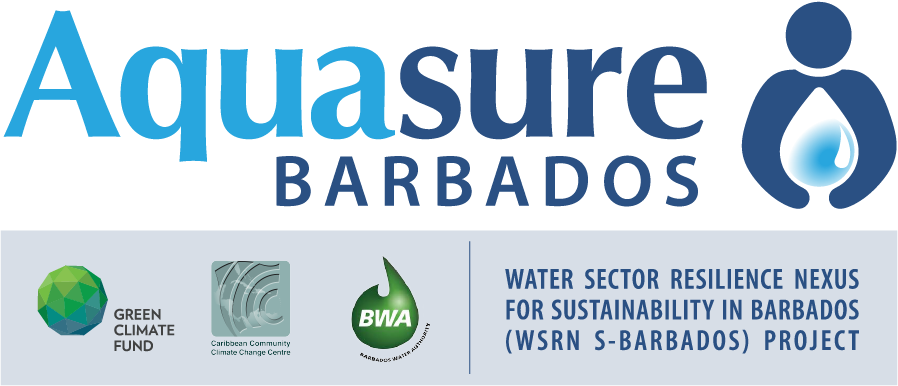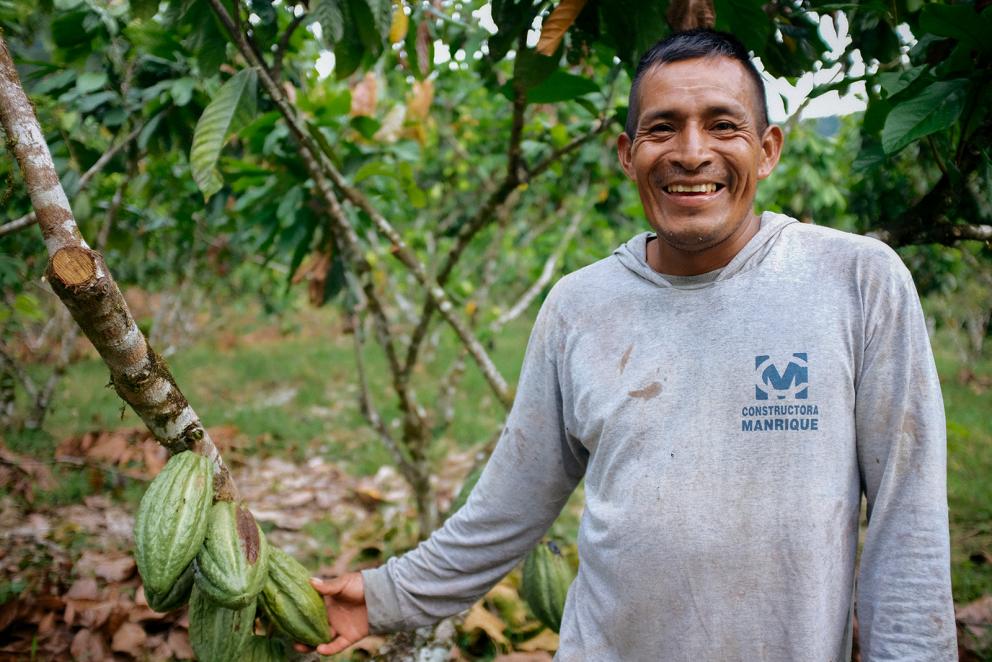When the Green Climate Fund (GCF) adopted the REDD+ results-based payment pilot programme, REDD+¹ had already existed in climate change negotiations for over a decade. First floated in 2005, the concept – whereby developing countries are financially rewarded for reducing emissions by improving forest management – immediately garnered support from developed and developing countries alike.
In the years that followed, the idea developed into a three-stage process wherein developing countries would build national² capacities to attract the financial reward envisioned by the negotiators. The approach was as follows:
- Readiness: create an enabling environment for improving forest management and measuring such progress;
- Implementation: implementing activities to reduce emissions from forests; and
- Payment for results: receive payments for the demonstrated emission reductions they have achieved.
The United Nations and the World Bank, among others, created programmes to bring this phased approach into reality. They help developing countries build national capacities and align their forestry and climate change policies and strategies. Along with private sector developers, they also piloted implementation activities, but the policy environment continued to move slowly. While the rules governing REDD+ were finally agreed in 2013, finance for its implementation remained elusive. By the time negotiators adopted the Paris Agreement in 2015, trust that results-based payments would eventually flow had begun to wane, and it continued to do so at a steady clip thereafter.
When GCF announced its results-based pilot programme in 2017, the response from developing countries was swift. Within just three years, the entire USD 500 million envelope was exhausted, with eight countries securing all the funding for some 2.5 billion tCO2eq in emissions reductions achieved between 2014 and 2018. This prompted GCF to initiate current discussions on a possible second phase of the programme, building on lessons learned from the pilot.
Lessons learned and implications for REDD+ and beyond
The speed at which GCF’s results-based payments were exhausted is an indicator that international public finance, let alone GCF, will not be able to finance all eligible emissions reductions. Mobilisation of private finance at scale, including through carbon markets, will be essential to closing the gap.
In recent years, carbon markets have evolved at tremendous speed. Voluntary carbon markets ballooned in 2021, doubling to more than USD 1 billion in less than a year. Payments for REDD+ carbon credits, which act de facto as results-based payments, exploded by 280 per cent in 2021 alone, capturing the lion’s share of carbon market growth.
At COP26 in Glasgow, the UNFCCC further developed key elements of Article 6 of the Paris Agreement, establishing terms under which public and private entities could more easily trade carbon credits. Together, voluntary carbon markets and Article 6 have sent a clear signal of the strong potential of carbon credits to crowd-in private finance at scale.
In parallel, new results-based payments initiatives were set up in the wake of GCF’s pilot programme, including those by the Lowering Emissions by Accelerating Forest Finance (LEAF) Coalition. As a coalition of both governments and over 20 large corporations, LEAF facilitates the infusion of private finance into the market for REDD+ by offering developing countries a mix of public and private results-based finance.
However, the carbon market standard set for securing these payments, known as ART-TREES, is considerably more ambitious than that set by UNFCCC and GCF. As such, LEAF payments will remain out of reach for countries that lack the necessary institutional and technical capacity. Other standards required by the private sector in voluntary carbon markets beyond LEAF are similarly rigorous, resulting in abundant demand for high quality emissions reductions that many developing countries are unable to produce.

